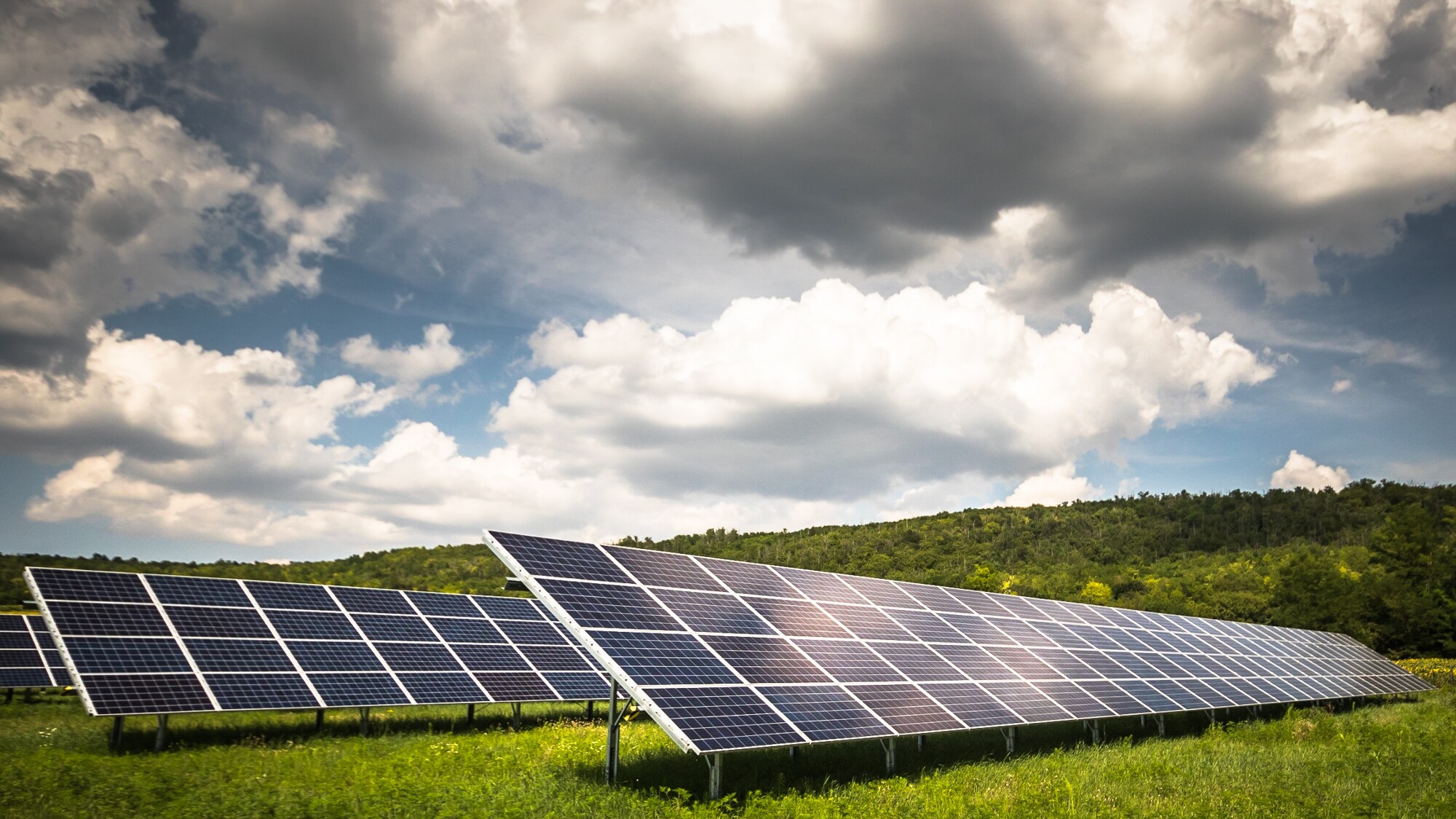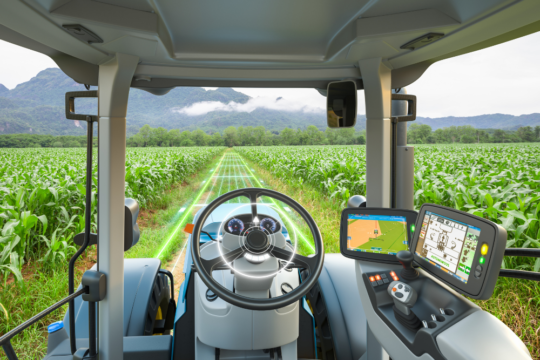
Many parts of America enjoy long periods of sunshine and open terrain. So it’s not surprising that wind and solar accounted for 13% of the nation’s energy last year. Moreover, projections expect those capacities to grow as fuel prices continue to rise.
If you live in a state where the sun doesn’t shine as much, you might wonder if it’s worth buying solar panels. Yet, there are types of solar panels you can buy to suit your environment. You need to read this guide if you want the best solar panels for low light conditions.
Table of Contents
Factors For Solar Panels Without Sun
Solar panel efficiency gets measured with the power produced by a solar panel at 77 degrees Fahrenheit in direct sunlight. While these conditions exist in many parts of America, there are regions where sunlight gets impeded by various elements. For example, homes surrounded by mature growth will get less direct sun because of the shadows cast by the trees.
Changing seasons affect the efficiency of solar panels without sun. The Earth’s axis tilts away from the sun during winter months, giving Northern environments reduced direct sunlight. It’s essential then to choose solar panels for low light conditions with maximum output.
How To Choose Solar Panels
There are several factors to consider to best enjoy the benefits of solar panels. First, homeowners must consider their roof space and load capacity before choosing solar panels. Three types of solar panels are manufactured today, and all have pros and cons.
Regardless of sunlight conditions, solar panels must fit the requirements for individual roof installations. For example, monocrystalline solar panels are heavier and more expensive to install. But these solar panels provide the most efficiency when gathering sunlight.
Polycrystalline panels are a less expensive option but are less sensitive to light. As a result, more roof space is necessary to produce similar energy to the monocrystalline panels.
The thin-film solar panel system requires direct sunlight to remain effective. The panels are much lighter than the other two types of solar panels.
Many thin-film solar panels have more flexibility for installation in more places. But they are the least suitable solar panels for low light conditions due to lower efficiency ratings. If you check the Blue Raven Solar website, you can learn more about the differences between all types of solar panels.
What Are The Best Solar Panels For Low Light Conditions
Choosing solar panels involves a combination of factors around each home. For example, the best solar panels for low light conditions will absorb some energy when there is shade or overcast skies.
Monocrystalline solar panels are the most effective alternative in most scenarios. Yet, your type of roof and the space available might require other types of solar panels to be considered.
So enjoy the most benefits of solar panels by consulting with a solar power expert in your region. And if this guide enlightened your knowledge of solar energy, check out our blog page for more valuable insights.



